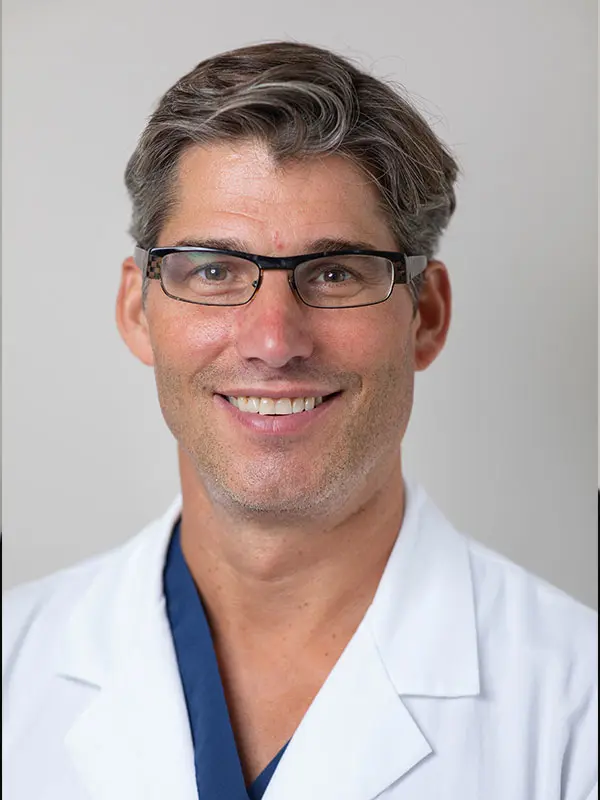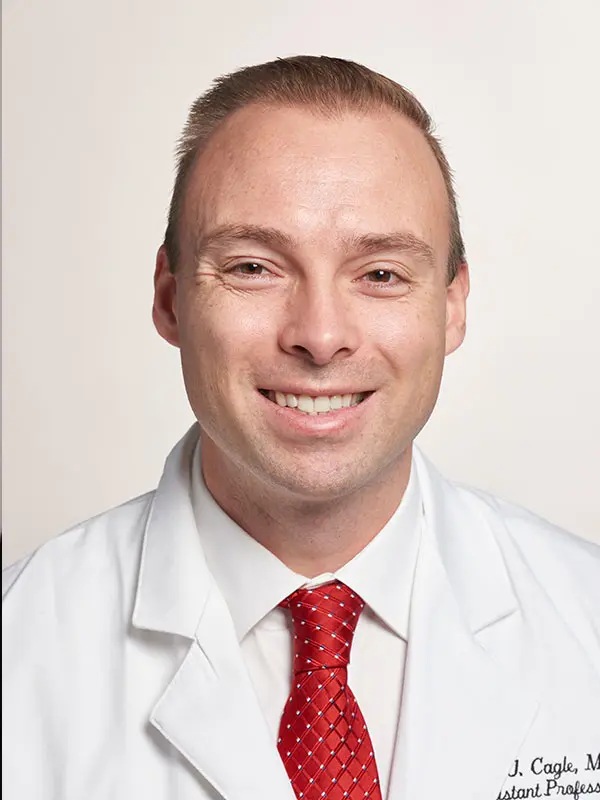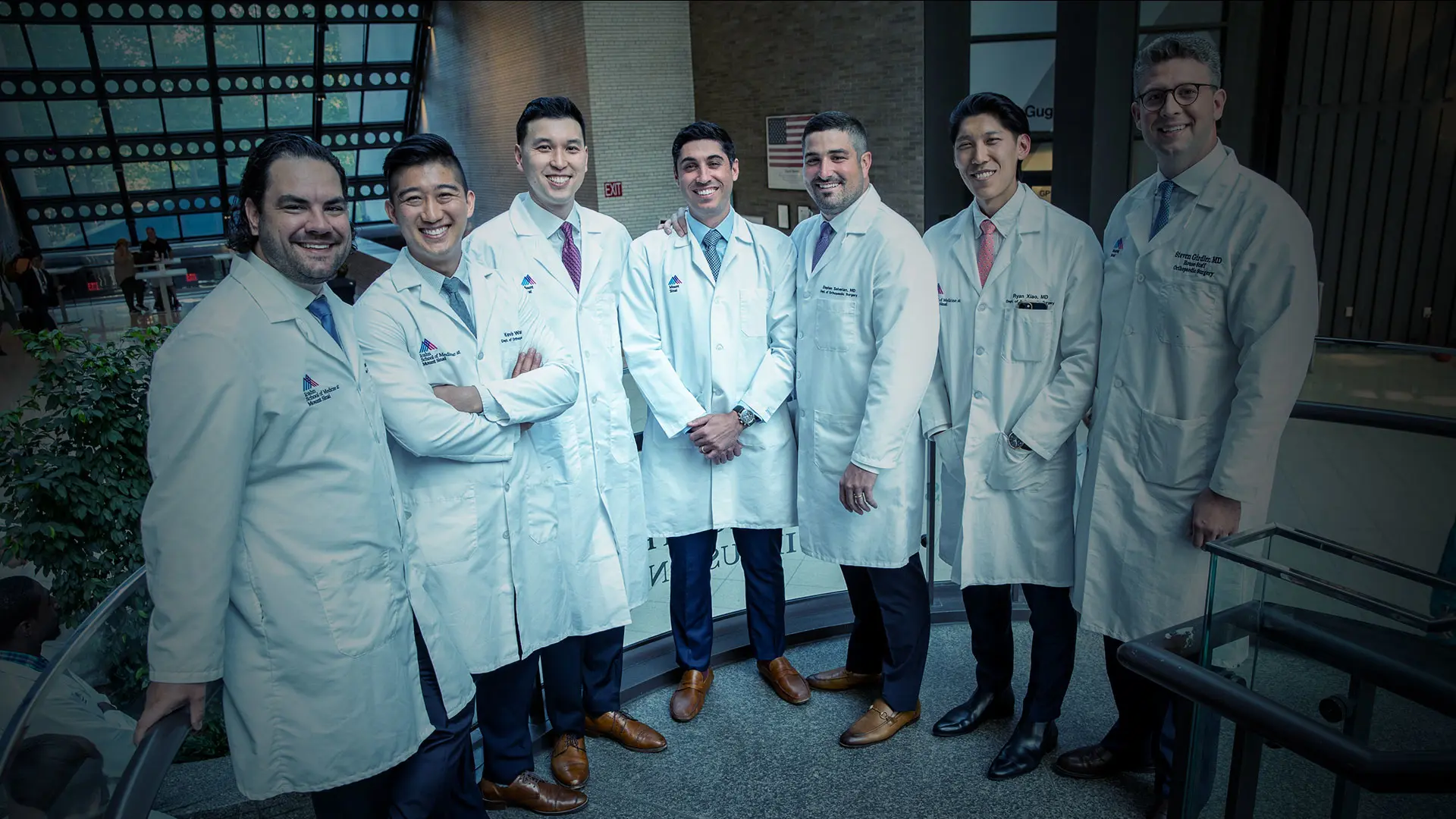The Orthopedic Surgery Residency Program at The Mount Sinai Hospital provides trainees with outstanding surgical training, a regimented educational program, and abundant research support, making it one of the top residencies of its kind. The fully accredited, five-year program selects seven residents per year out of hundreds of applicants, who are routinely placed at the most competitive subspecialty fellowship positions in the United States.
“While we are not a large program, our residents are intimately involved in every aspect of orthopedic care, and receive mentorship from renowned scientists and surgeons,” says Paul J. Cagle Jr., MD, Associate Professor of Orthopedics, and Associate Director of the Orthopedic Surgery Residency Program at The Mount Sinai Hospital. “They also get to learn in one of the most diverse and innovative educational settings in the country.”
The program is embracing powerful new tools to prepare residents for the operating room, including a state-of-the-art virtual reality simulator. In collaboration with Mount Sinai’s Department of Surgery, the Department of Orthopedic Surgery at the Icahn School of Medicine at Mount Sinai recently added orthopedic modules for VirtaMed, virtual reality simulators for postgraduate medical education that provide mixed-reality simulation for a number of surgical specialties. Residents have unlimited access to the simulators with a specified curriculum to help them develop proficiency in basic arthroscopic skills such as triangulation and bimanual dexterity.
“These simulators provide residents a way to safely develop foundational skills while maximizing the educational impact of their time in the operating room,” says Dr. Cagle. “They allow for near-peer instruction between junior and senior residents or independent practice on the simulator to learn basic skills, but without the pressure of being in a real-life surgical setting.”

Mount Sinai Orthopedic Surgery resident using a simulator system.
With the recent opening of the Comprehensive Center for Surgical Innovation, located in Midtown Manhattan near the Mount Sinai West hospital campus, residents have access to a comprehensive venue for developing both dry- and wet-lab skills through orthopedic simulators, models, and surgical instruments. Residents learn the complexities of fracture care, arthroscopy, spinal injections, and other surgical techniques. “The innovation center is a novel educational environment where residents participate in cadaveric surgery and other cutting-edge learning techniques that prepare them for careers after graduation,” says Dr. Cagle.
Expanding into new technology is just one way the program is readying the next generation of orthopedic surgeons. Situated within the expansive Mount Sinai Health System in New Yok City, residents are immersed in one of the largest—and most diverse—patient populations in the world, where they gain unique scientific and medical expertise while honing entrepreneurism, critical thinking, and social skills.
“The program offers much more than surgical training,” says Bradford Parsons, MD, Professor of Orthopedics at Icahn Mount Sinai, and Director of the Orthopedic Surgery Residency
Program at The Mount Sinai Hospital, a position he has held for the past 16 years. “By the end of their third year, residents have been exposed to every subspecialty of orthopedics, have learned how to manage patients in both the hospital and outpatient settings, and have a good understanding of what they want to pursue during a fellowship.”

A group of residents from the Orthopedic Surgery Residency Program (2023-2024).
Training residents in basic and clinical research is fundamental to advancing orthopedics, and, as such, the program prides itself on providing ample research support for its 35 residents, almost 20 percent of whom are women. Many residents have achieved numerous publications and scientific accomplishments even before graduation, and much of this success can be credited to the program’s focus on mentorship: While each resident is paired with a faculty member, they also have many opportunities to interact with more than 60 faculty members outside their course of study.
“Our faculty are eager to lend their expertise and are very approachable,” says Dr. Parsons. “Under their guidance, our residents learn to appraise scientific literature and incorporate findings into their daily work with patients—all while gaining the skills and knowledge they need to become phenomenal orthopedic surgeons.”
Featured

Bradford O. Parsons, MD
Professor of Orthopedic Surgery

Paul J. Cagle, Jr., MD
Associate Professor of Orthopedic Surgery
